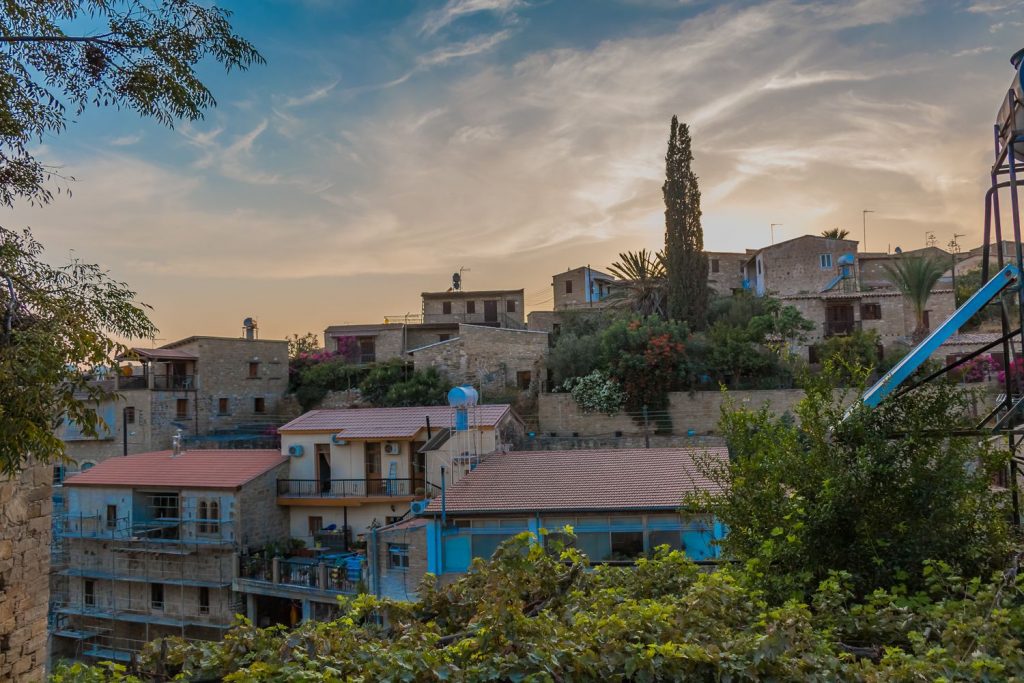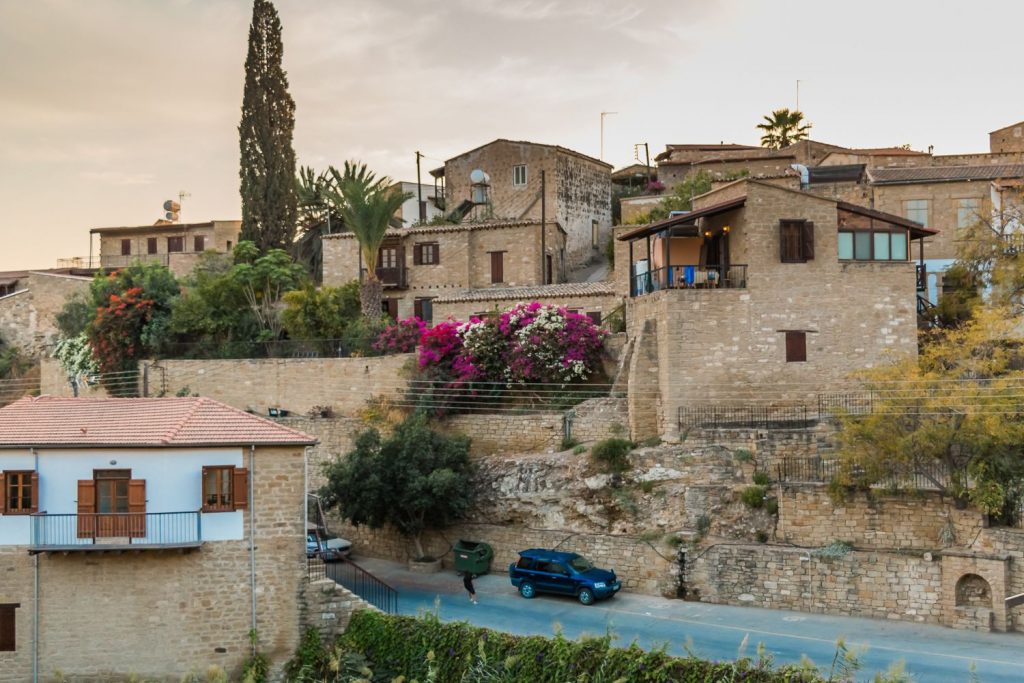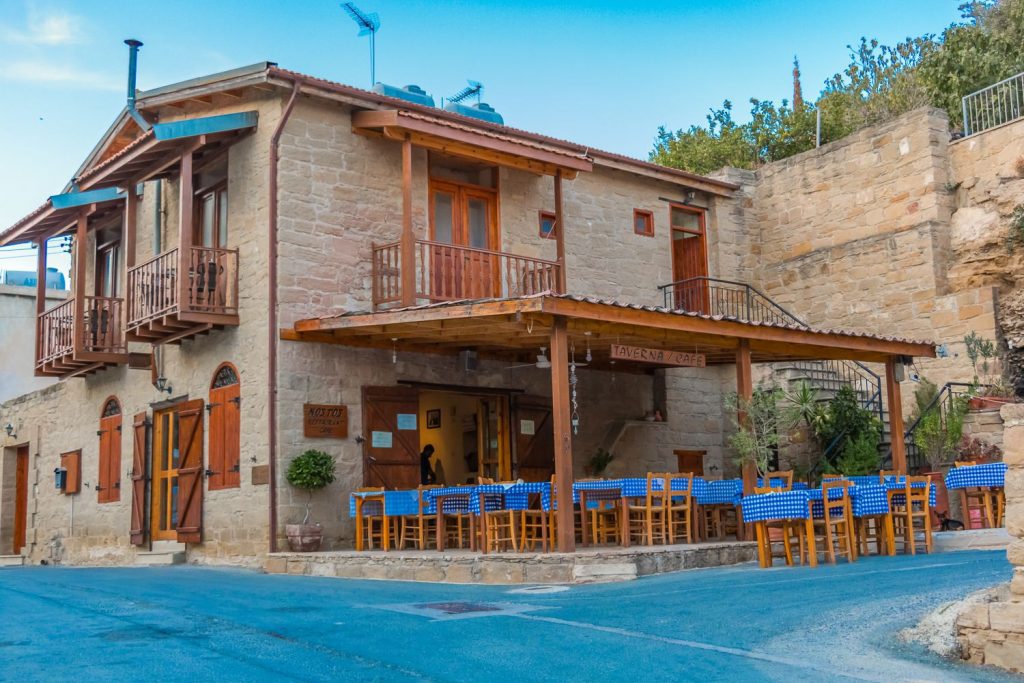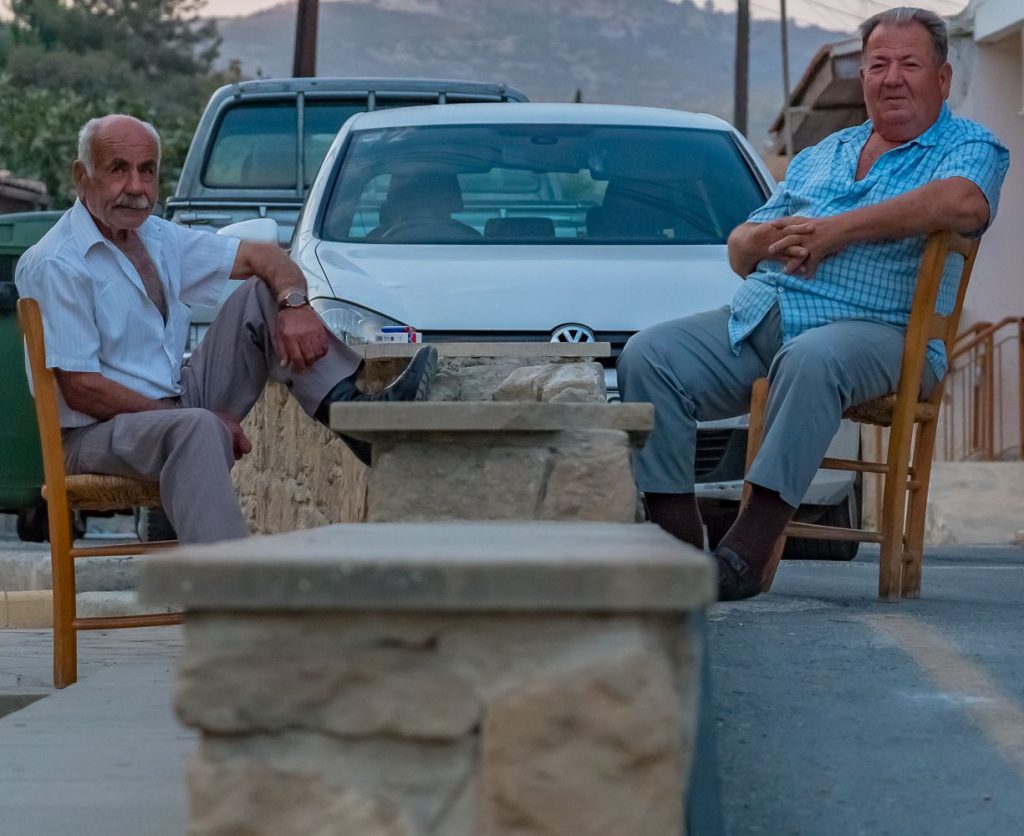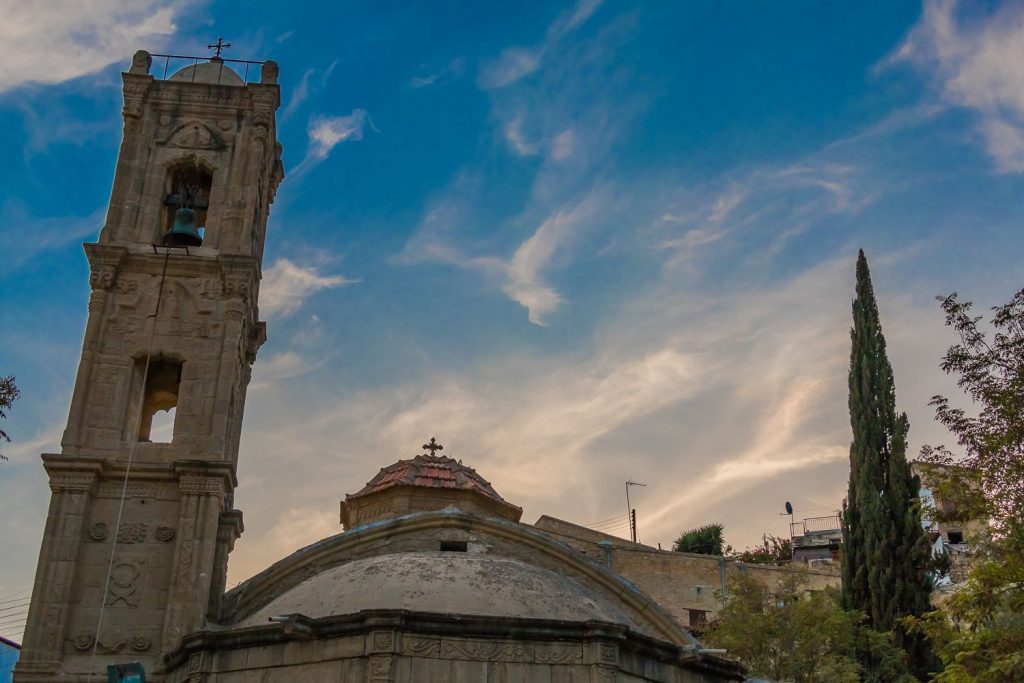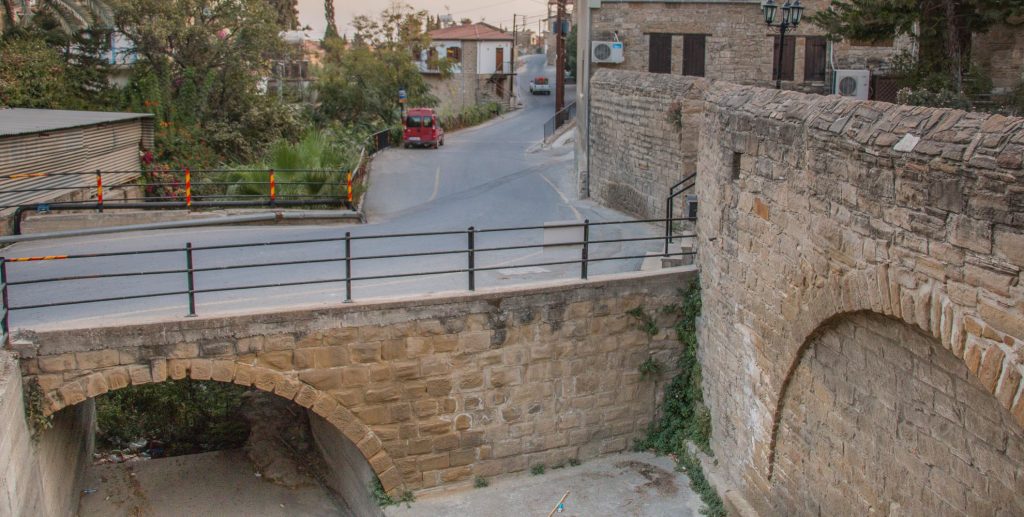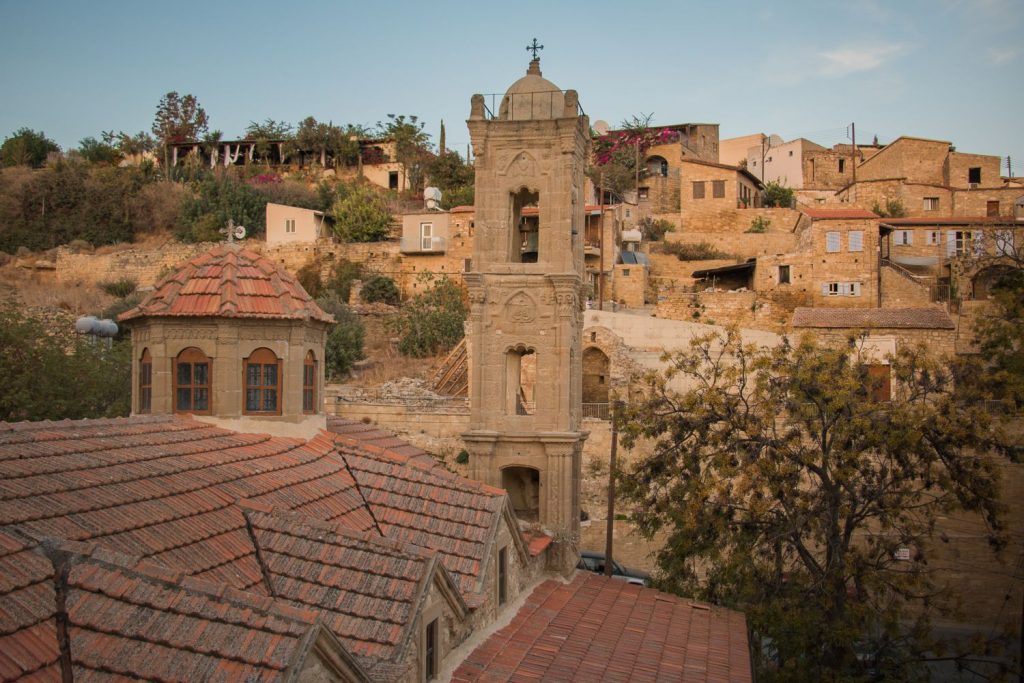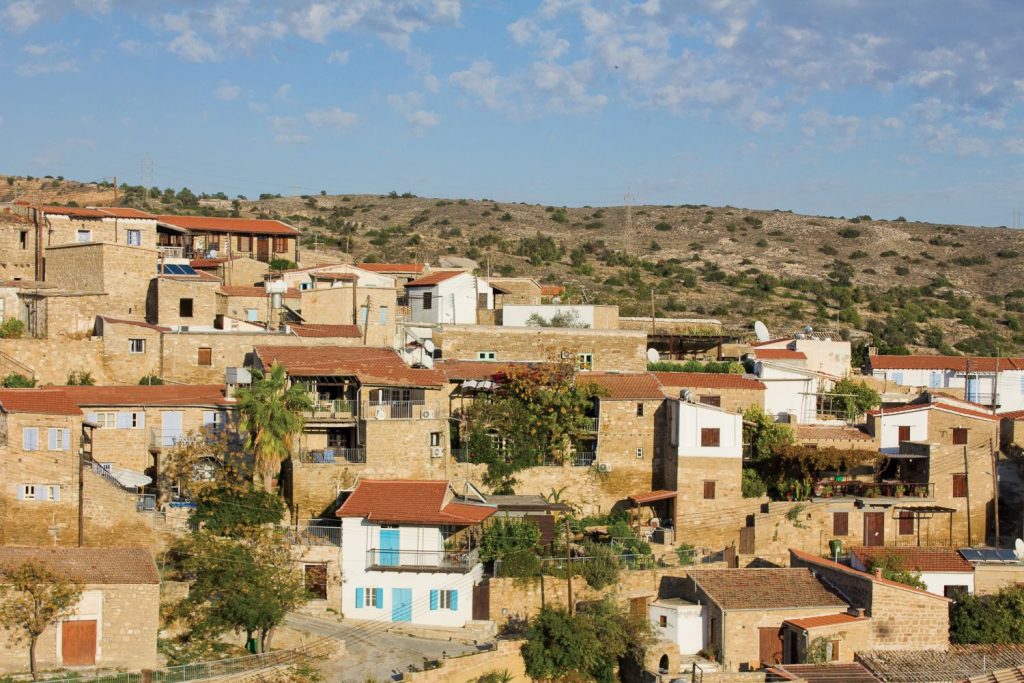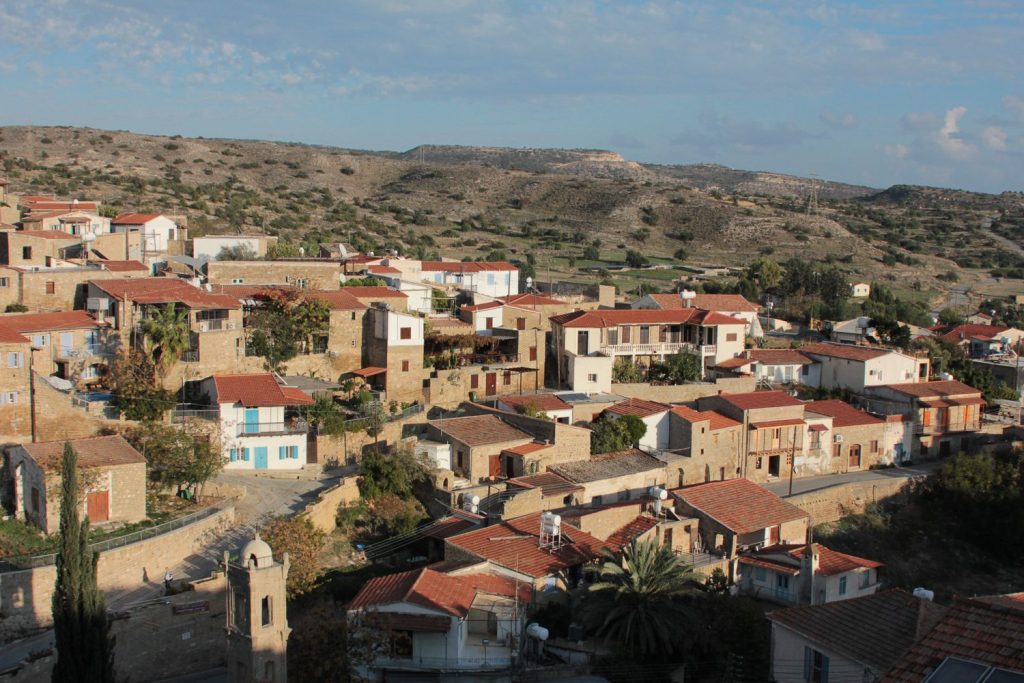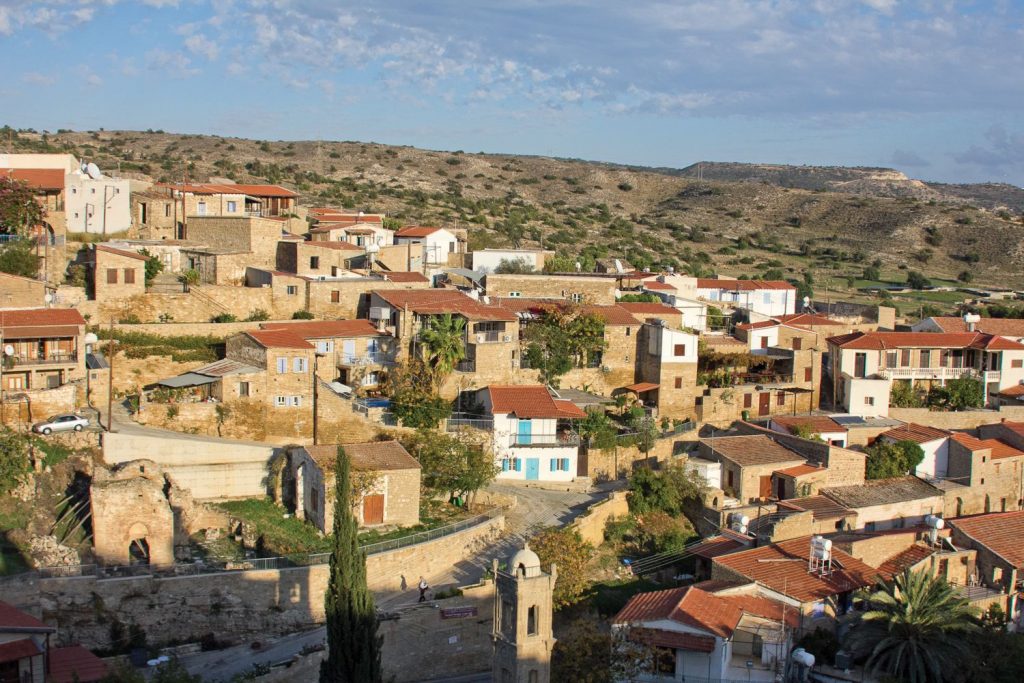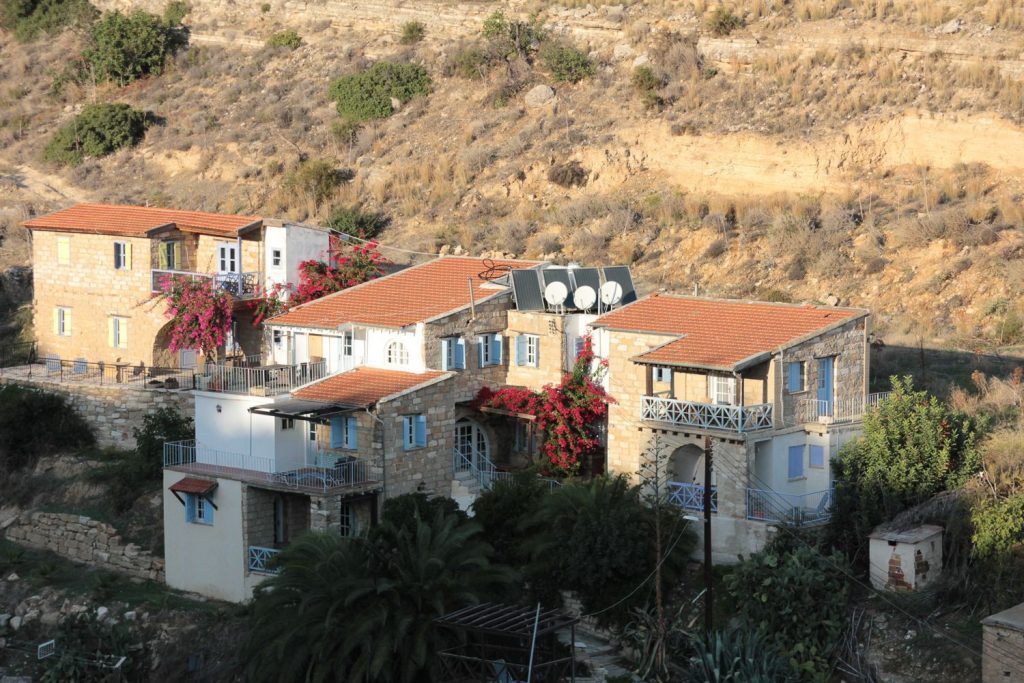Tochni
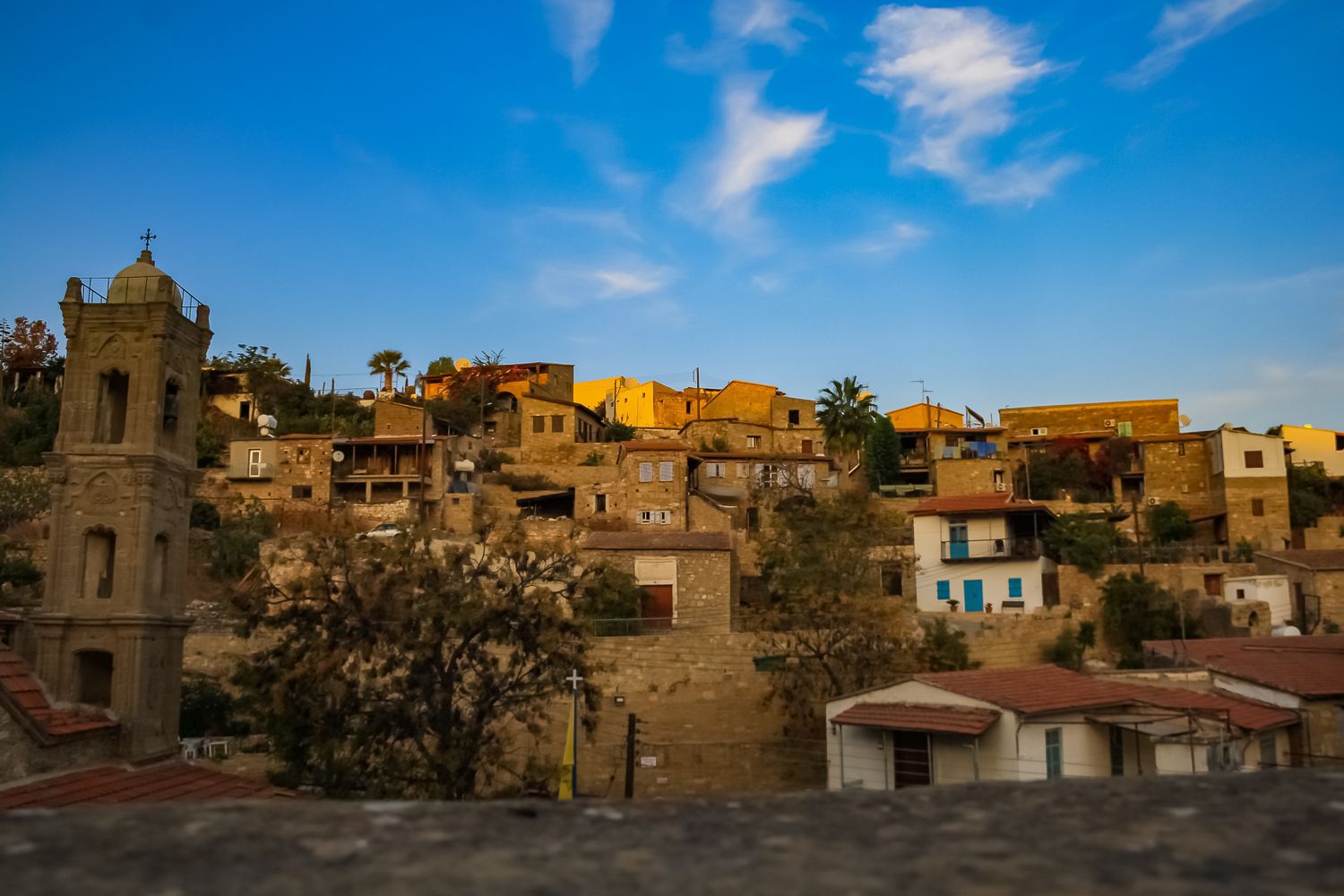
Tochni is a small picturesque village in the Larnaca district of Cyprus, situated 40 km southwest of Larnaca, 62 km south of Nicosia and 33 km northeast of Limassol.
Very close to the Choirokoitia Neolithic settlement and built on both sides formed by the river “Arkatzin” The Tochni is one of the most beautiful architectural settlements with restaurants, cafe and several agrotourism lodges. As a matter of fact, it is considered the heart of the agrotourism of Larnaca.
The name of the village probably arises from the word techni (meaning art in Greek) and its corruption. The Tochnites are considered to be good craftsmen of the stone, which is also made evident by the characteristic stone-made houses of the village. Another version speaks of the word “ochni”, which means “burlap”, while another view claims that the name derives from the word Dochmi (meaning a hand palm), implying that the village is small.
Before 1974 Tochni was a mixed village and according to testimonies, after the Turkish invasion, the first Turkish Cypriots who moved to the occupied territories were residents of this village. Indeed, this was the beginning of the exchange of populations between the free areas and the occupied areas of northern Cyprus.
The offices of the Community Council are housed in a traditional building with an internal arch, where previously there used to be a café. The stone-built central church, dedicated to the Saints Constantine and Helen, is built on a bridge that connects the two slopes where the village is located and is crossed by the “River of the arch,” as they call it, because it passes below the church and through an arch. The 14th century temple is probably located on top of the old church built by St. Helena in 326 AD when she visited Cyprus on her way back from Jerusalem after finding the Holy Cross. (According to the tradition, St. Helena disembarked on the island and built temples, leaving parts of the Holy Cross).
In front of the main entrance of the church there is a square cement slab covering a well that branches out in five different directions below and around the temple. During the Ottoman domination and when the Turks came to the village, the women and children of the village went down there for protection. The locals say that one of the branches leads to the bell tower, another to the Holy Altar, a third to the west side of the church, while the other two are facing the south side.
Next to the Saints’ Constantine and Helen Church, there is a small church museum with rare and important artifacts (such as two Holy Gospels of 1588 and 1811), while to the west, along the river, is the old quarry. The mountain has vertical ravines, as a result of the treatment of the stone that took place in the area.
There are many kinds of activities in Tochni for visitors to undertake, as there is a horse riding center, a cycling center, mountain bike, cooking classes with a traditional wood oven, and even yoga seminars.
The nature trail leads round and to the southeast of the village and gives visitors the opportunity to enjoy many types of local flora and fauna, a wonderful scenery with wild vegetation, gardens and a panoramic view that goes all the way to the sea. The path begins at the outskirts of the village and follows a circular path of about 3 kilometers.
The approximately 400 permanent residents of Tochni are mostly engaged in olive and carob trees cultivation and agrotourism.


